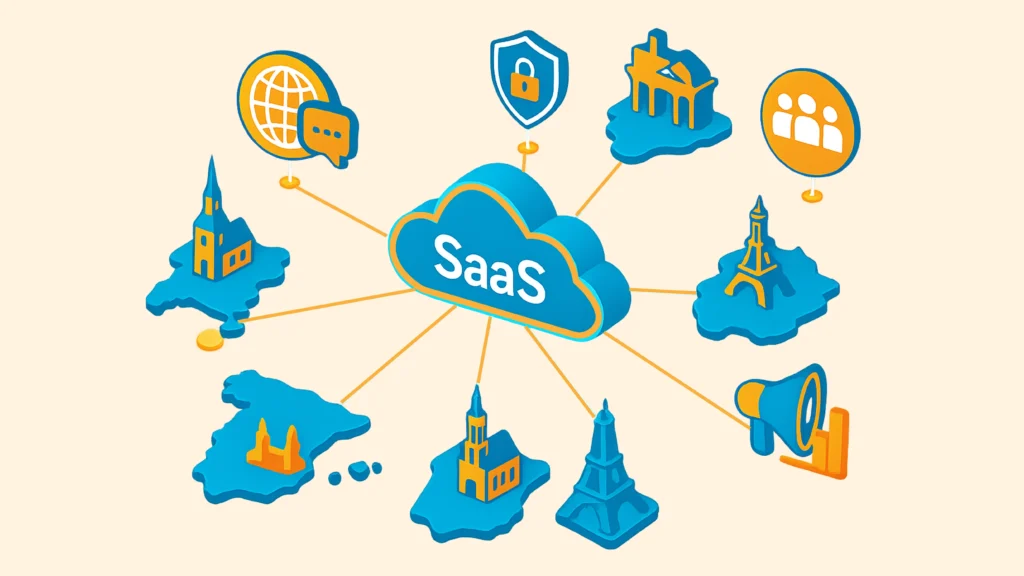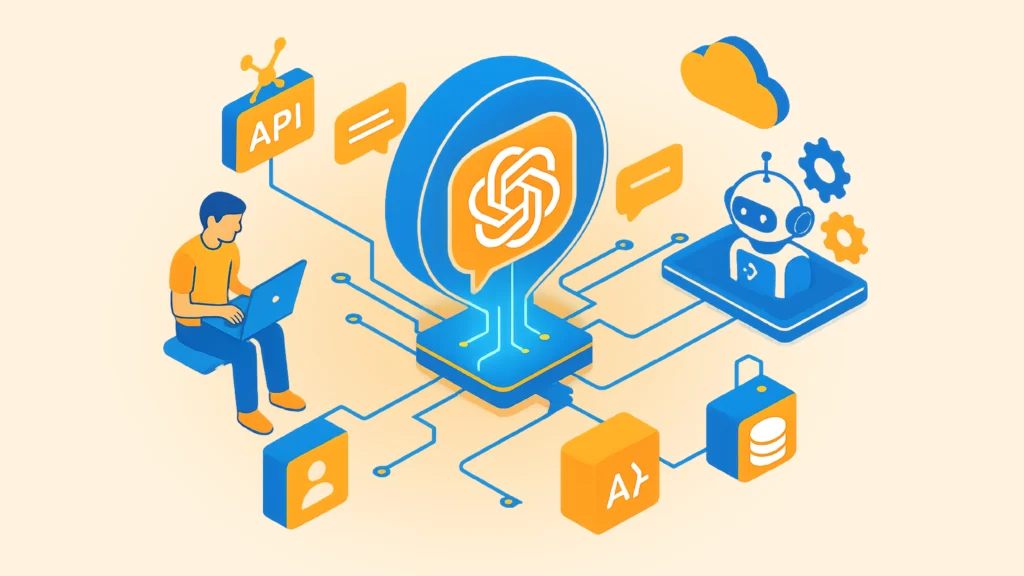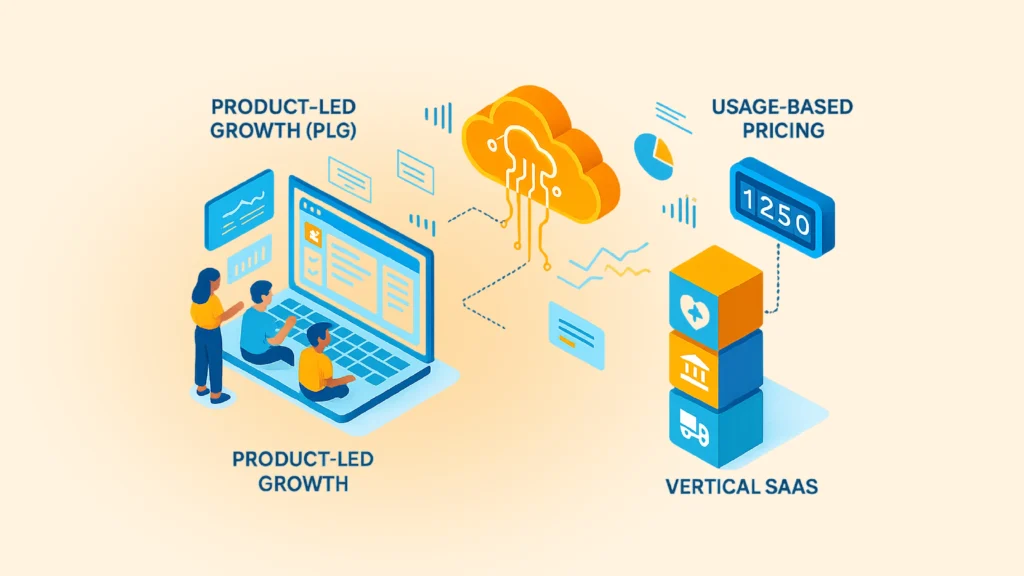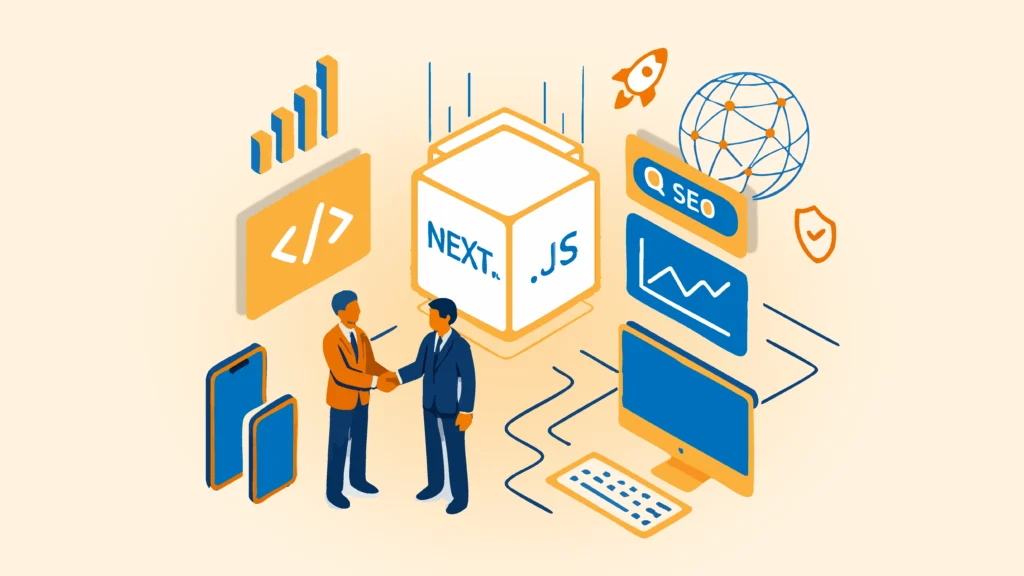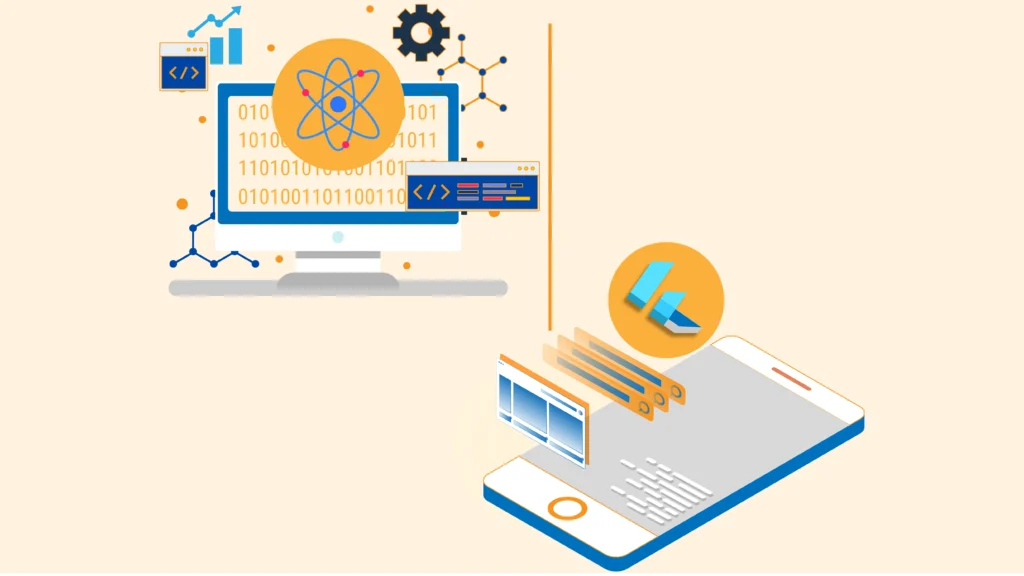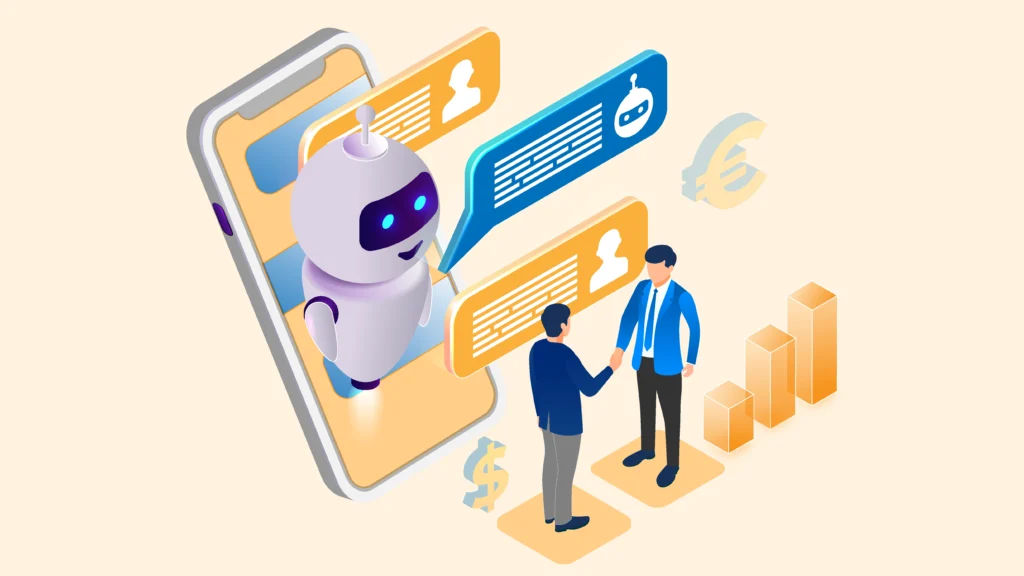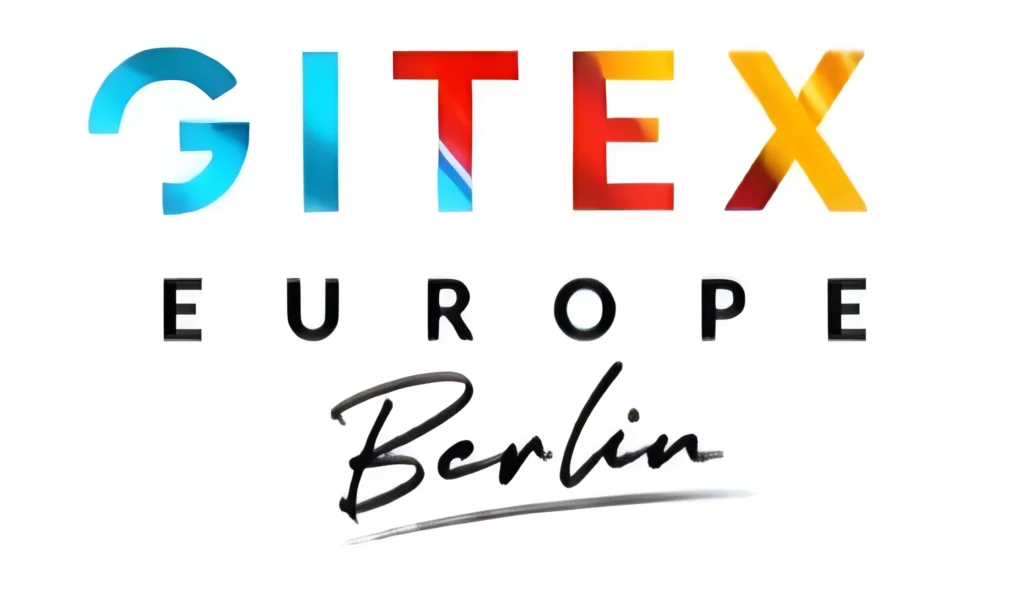Natural Language Processing Applications From Chatbots to Sentiment Analysis
Natural Language Processing Applications From Chatbots to Sentiment
- September 29, 2025
- 14 Mins Read
Remember how irritating it used to be to talk to automated phone systems? “Press 1 for billing, press 2 for technical support…” Today, we chat with our devices like they’re people. This massive shift happened because of Natural Language Processing (NLP). This technology helps computers make sense of human language, not just keywords, but the messy, context-heavy way we actually communicate. Big companies like Amazon, Google, and Microsoft have poured billions into NLP research. Why? Because understanding language leads to a goldmine of business opportunities.
From sorting through thousands of customer comments to answering questions without human agents, NLP tackles problems that were impossible just a few years ago. This article digs into NLP applications that are changing how businesses operate: chatbots and sentiment analysis. We’ll break down how these technologies actually work without the technical jargon. You’ll see real examples of companies saving money, improving customer satisfaction, and gaining valuable insights.
Chatbots: Conversational Powerhouses
Chatbots are digital helpers that talk with people through text or voice. The basic ones follow simple rules, like digital flowcharts. You ask a specific question, they give a specific answer.
The advanced ones use AI and can actually understand what you’re asking. They remember your previous messages and get smarter over time. These modern bots can handle thousands of different questions without being specifically programmed for each one.
NLP's Role
AI Natural Language Processing makes the magic happen for smart chatbots. When you type a message, the bot breaks it down into pieces it can understand. It figures out what you’re really asking for, even if you don’t phrase it perfectly.
Chatbots nowadays use learning models trained on millions of real conversations. This helps them understand slang, misspellings, and how people actually talk. Some can even tell if you’re frustrated or confused based on your word choice.
Where They Shine
- Customer service: Bots answer common questions instantly with no wait times. Companies like Sephora and Domino's use them to handle routine questions about orders, reservations, or account information.
- Healthcare: Medical chatbots help with initial symptom checks. They ask relevant questions about how you're feeling and guide you to the right care option. This saves time for both patients and doctors.
- E-commerce: Shopping bots help find products and make recommendations. They answer questions about sizes, availability, shipping options, and return policies—without making you search through FAQ pages.
Advantages
- The business benefits are clear and powerful. Chatbots cut costs dramatically because one bot can handle work that would require multiple customer service agents.
- They never sleep or take breaks, offering help 24/7—including holidays and weekends. This means customers get answers at midnight just as easily as at noon.
- During busy periods, bots handle increased traffic without slowdowns. Whether it’s ten conversations or ten thousand, the quality stays consistent.
Real-World Example
IBM’s Watson Assistant shows what today’s chatbots can do. According to IBM, companies using Watson have cut customer service costs while handling most routine questions automatically.
The bot handles 70% of customer inquiries without human help. For tougher questions, it collects the important details before connecting to a human agent.
The system works across websites, apps, and messaging platforms, giving customers help wherever they prefer to communicate.
Sentiment Analysis: Decoding Emotions
Sentiment analysis uses NLP to find emotions in text. It goes beyond simple positive/negative sorting that early systems used. Modern natural language processing software detect subtle emotional tones – frustration, excitement, disappointment, or satisfaction.
Today’s NLP-powered sentiment tools understand that “This product is bad” and “This product isn’t working for me” express different levels of negativity. They recognize context and nuance that basic keyword systems miss completely.
How It Works
NLP converts unstructured text into meaningful data through several steps. First, it breaks sentences into processable pieces and identifies parts of speech. Then, more advanced NLP techniques take over.
Some systems use lexicon-based NLP solutions with emotional dictionaries. More sophisticated ones employ neural networks that understand language patterns like humans do. These NLP models catch sarcasm, idioms, and cultural references that completely change a sentence’s emotional meaning.
Key Applications
- Social media: NLP machine learning can scan millions of posts to track brand sentiment. When Apple releases a new iPhone, NLP systems analyze mentions across platforms, distinguishing between hardware complaints and software praise.
- Customer feedback: Companies use NLP to process support tickets and reviews. An airline might discover that delays cause more negative emotion than baggage fees, helping them prioritize operational improvements.
- Finance: Trading firms apply NLP to financial news and discussions. Their algorithms detect subtle language shifts that signal changing market sentiment before it affects prices.
Benefits
NLP-powered sentiment analysis gives businesses much deeper insights than basic positive/negative sorting. It shows emotional intensity, specific triggers for negative reactions, and changing sentiment trends over time. The technology helps companies understand not just what customers feel, but why they feel that way.
Real-World Example
Netflix uses advanced NLP in its sentiment analysis to understand viewer responses. Their systems process viewer comments about pacing, character development, and plot elements across different shows.
This NLP analysis helps them understand exactly which storytelling approaches connect emotionally with different audience segments. They can detect when viewers feel specific emotions like suspense, surprise, or satisfaction at different points in their content.
Where Chatbots Meet Sentiment Analysis
Emotional Intelligence in Bots
The most advanced chatbots these days don’t just answer questions but read the emotional room. When you combine AI natural language processing-based sentiment analysis with conversation abilities, these bots adjust their tone and responses based on how you feel.
When you type “This is the third time I’ve tried to return this item,” the bot detects frustration. It might respond with “I’m sorry for the difficulty you’ve experienced. Let me solve this for you right away.” This emotional awareness makes conversations feel more natural and less robotic.
Practical Use
Smart companies use emotionally intelligent bots to handle different situations appropriately. When sentiment analysis detects positive emotions, the bot might suggest additional products or ask for a review.
When it spots anger or frustration, the bot changes its approach entirely. It might offer more direct solutions, use apologetic language, or quickly connect the customer with a human agent. This emotional routing ensures that upset customers get the right level of care before they get even more disappointed.
Case Study
CoverGirl’s beauty bot shows how powerful this combination can be. Their chatbot uses sentiment analysis to guide makeup recommendations and adjust its conversation style based on user emotions.
The bot achieved an impressive 91% positive sentiment rating in its conversations. Users enjoyed interactions that felt personal and responsive to their emotions. Average engagement time increased, with users spending nearly twice as long interacting with the bot compared to typical website visits.
This emotional intelligence led to measurable business results. The bot drove higher conversion rates because it could sense when users were excited about products and capitalize on that positive sentiment with well-timed recommendations.
Industry-Specific Impacts
Healthcare
Finance
Investment firms watch Twitter and Reddit like hawks. Their sentiment tools spot when public opinion turns against a company. Banking chatbots handle the boring stuff that used to require phone calls.
Chase Bank’s bot lets customers check balances, move money, and report lost cards through simple text conversations. When customers type disappointing messages about fees, the bot detects the negative sentiment and connects them with a human banker right away.
E-commerce
Shopping bots act like personal assistants in online stores. Sephora’s bot asks about your skin type and makeup preferences, then recommends products that match. It remembers what you bought before and suggests replacements when you might be running low.
Behind the scenes, product teams scan reviews for emotional patterns. When Instant Pot noticed confused sentiment in reviews about their pressure cooker settings, they created simpler instructions with pictures. Positive sentiment in reviews jumped 23% after the change.
Cutting-Edge Trends for 2025
Advanced Models
The newest AI models make earlier chatbots look primitive by comparison. GPT-4 and similar systems understand context across entire conversations, not just individual messages. They remember details you mentioned ten questions ago and use them naturally in responses.
For sentiment analysis, these advanced models catch subtle emotional signals that older systems missed completely. They understand that “Well, that was interesting” after a movie might actually mean disappointment, not praise. Bank of America’s latest virtual assistant uses these models to detect when customers feel confused about financial terms and automatically offers simpler explanations.
Multilingual NLP
Language barriers are falling fast in NLP solutions. New systems work across dozens of languages without losing accuracy. They understand cultural nuances that direct translations miss. Global companies benefit hugely from this progress.
Integration with AI
NLP now works alongside other AI technologies to create more powerful tools. When combined with computer vision, systems can “see” and “read” simultaneously. Retail apps let shoppers snap photos of products and ask specific questions about what they’re seeing.
Smart home devices pair natural language processing service with Internet of Things sensors for more helpful responses. Instead of just answering “Is my garage door open?” with “I don’t know,” these integrated systems check actual sensors and give accurate information. Healthcare applications combine patient speech analysis with vital signs monitoring for more complete health assessments.
New Platforms
Creating NLP applications used to require deep expertise and huge resources. Now, platforms like Hugging Face offer pre-built tools that companies can implement without AI specialists on staff.
These platforms provide ready-to-use chatbot frameworks and sentiment analysis models that work right out of the box. A small business can set up a basic customer service bot in days instead of months. Marketing teams can run sentiment analysis on campaign feedback without involving the IT department. This democratization puts powerful AI natural language processing in the hands of everyday business users.
Overcoming NLP Challenges
Hurdles
Context: Misinterpreting sarcasm or idioms.
NLP systems still struggle with sarcasm and figurative language. When someone tweets “Yeah, waiting on hold for an hour was SUPER fun,” many systems miss the sarcasm completely. Idioms like “cost an arm and a leg” confuse literal-minded algorithms. These misinterpretations lead to sentiment analysis errors and chatbot responses that seem tone-deaf.
Multilingual Data: Handling diverse languages.
Most NLP tools work best in English but falter with other languages. They struggle especially with languages that use different alphabets or grammatical structures. Many companies find their chatbots perform brilliantly in English but fail at basic conversations in Thai or Arabic. The sentiment accuracy drops dramatically for languages with limited training data.
Accuracy: Complex queries can confuse systems.
When questions get complicated, NLP systems often miss the mark. A query like “I’m looking for shoes like the ones I bought last summer but in a different color and preferably on sale” contains multiple conditions that overwhelm basic systems. Many chatbots handle simple questions well, but collapse under complex requests with multiple parts.
Solutions
Transformer models for better context.
New transformer models like BERT and GPT dramatically improve contextual understanding. They look at entire sentences or paragraphs rather than individual words. This helps them grasp sarcasm by considering tone across multiple sentences.
Multilingual frameworks like BERT.
Specialized frameworks tackle the language diversity problem head-on. Models like mBERT (multilingual BERT) train on 104 languages simultaneously. They learn common patterns across languages rather than treating each one as completely separate.
Ethical and Privacy Considerations
Bias Risks
NLP systems learn from human-created text, which means they can pick up and amplify human biases. A sentiment analyzer trained mostly on reviews written by young men might misinterpret comments from older women. Some systems rate certain dialects or accents as more “negative” regardless of what’s actually being said. For this reason, companies now regularly audit their NLP tools for unexpected bias patterns before deployment.
Privacy
Chatbots collect sensitive information during conversations. Medical bots discuss symptoms, financial bots access account details, and customer service bots gather personal data. Laws like GDPR in Europe and CCPA in California create strict requirements for handling this information.
Most responsible companies now program chatbots to forget certain details after conversations end. They also clearly tell users when they’re talking to a bot versus a human.
Transparency
Conclusion: Shaping the Future with NLP
Chatbots and sentiment analysis are totally changing how businesses connect with customers. These aren’t complicated tech projects – they’re practical tools that deliver real results. Companies using NLP respond faster, understand customer feelings better, and spot problems before they grow. The technology keeps getting better and easier to use, which leads to a growing advantage for businesses that jump in now.
The exciting part is what comes next. Smarter voice assistants that actually understand what you’re asking. Sentiment tools that catch the difference between mild annoyance and serious anger. For businesses trying to keep up with customer expectations, NLP is becoming as essential as having a website was twenty years ago.
Why Choose iQud for NLP Solutions
At iQud, we build chatbots and sentiment tools that actually work in the real world. No complicated jargon or over-promising. Our team creates natural language processing solutions that connect with your existing systems without massive IT overhauls. Our clients typically see measurable results within the first three months after launch, not some vague future date. We handle everything from initial planning through development and ongoing improvements as your business needs change. Get in touch.

